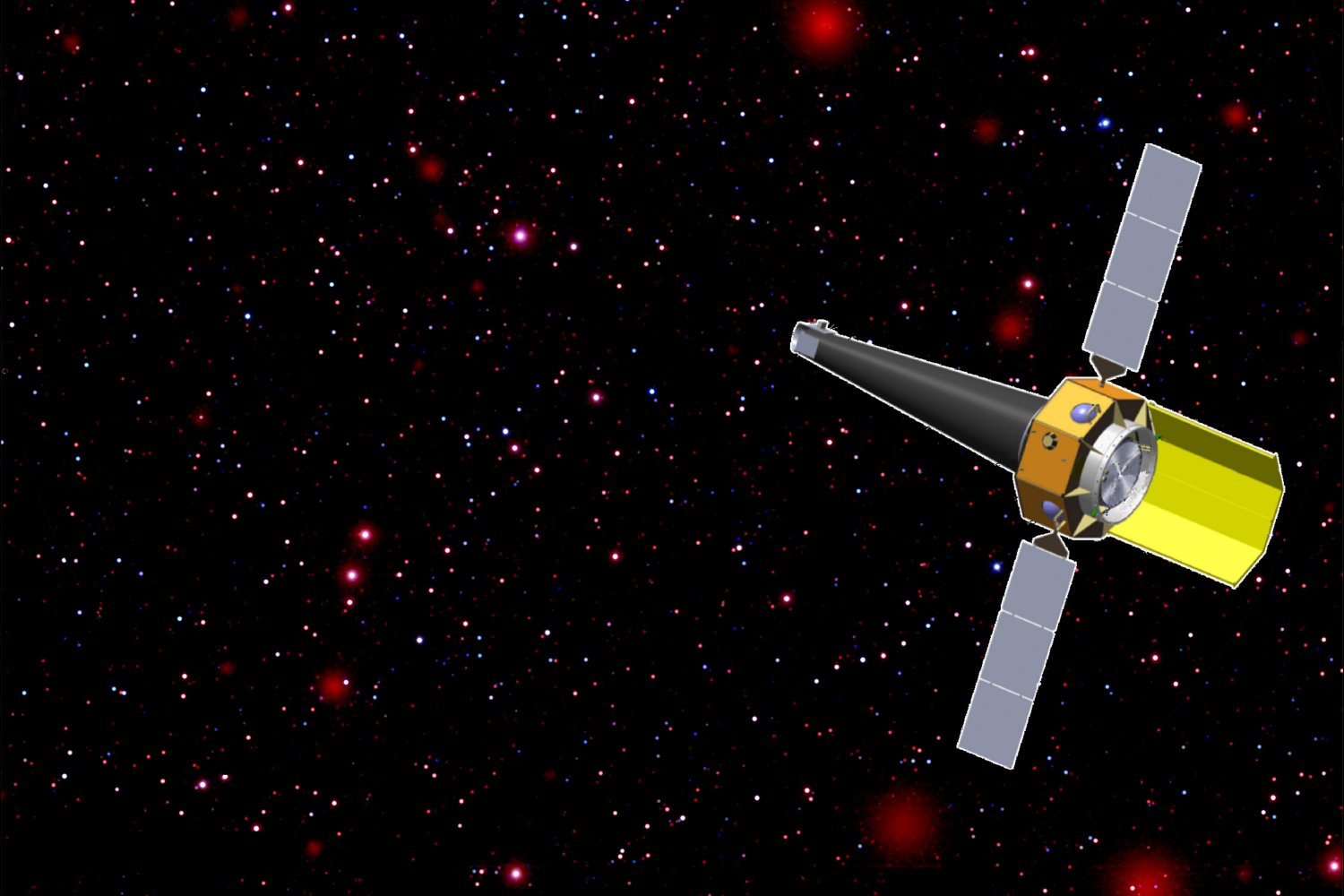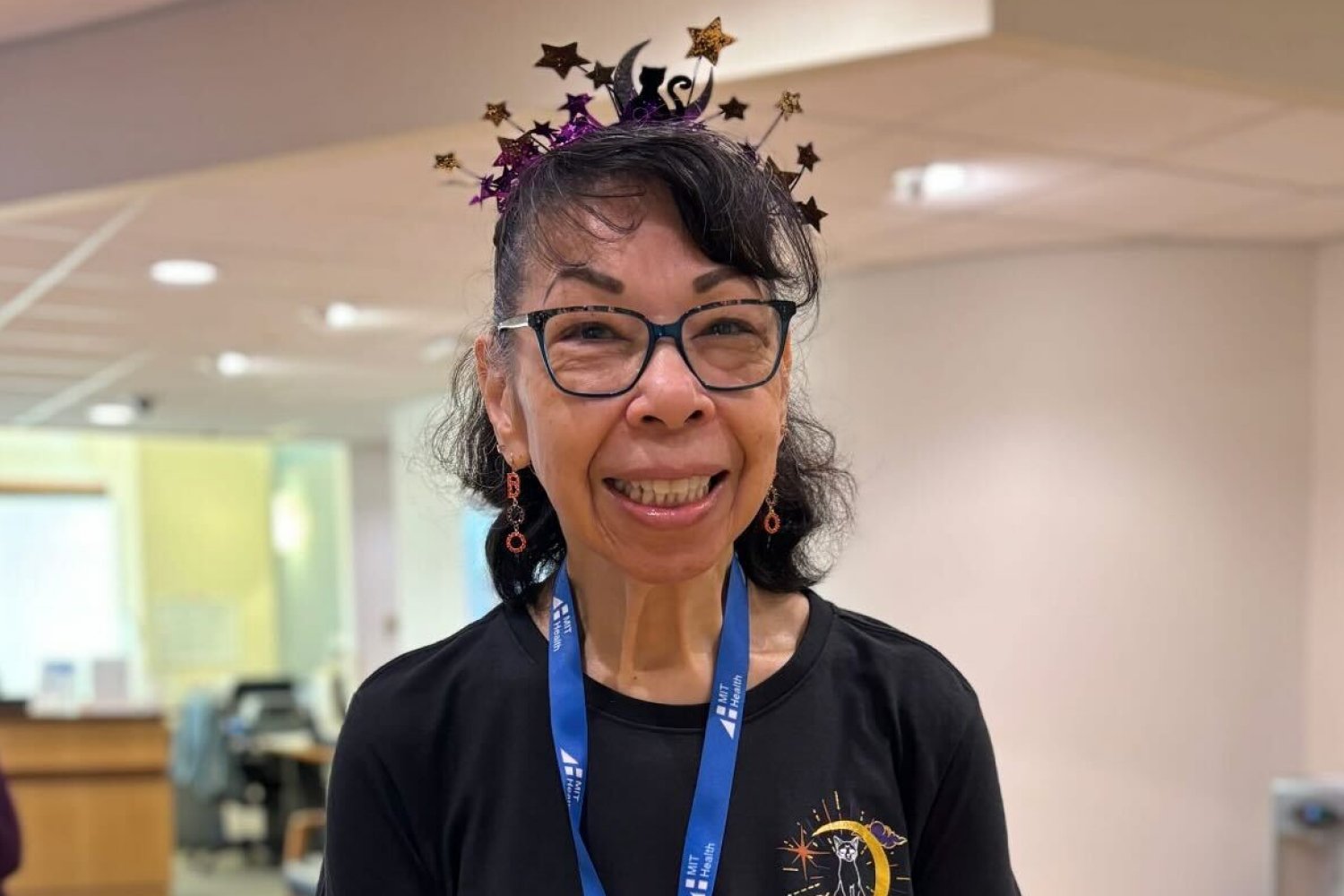The MIT Kavli Institute for Astrophysics and Space Research (MKI) is a project lead for one of two finalist missions recently selected for NASA’s new Probe Explorers program. Working with collaborators at the University of Maryland and Goddard Space Flight Research Center, the team will produce a one-year concept study to launch the Advanced X-ray Imaging Satellite (AXIS) in 2032.
Erin Kara, associate professor of physics and astrophysicist at MIT, is the deputy principal investigator for AXIS. The MIT team includes MKI scientists Eric Miller, Mark Bautz, Catherine Grant, Michael McDonald, and Kevin Burdge. Says Kara, “I am honored to be working with this amazing team in ushering in a new era for X-ray astronomy.”
The AXIS mission is designed to revolutionize the view scientists have of high-energy events and environments in the universe using new technologies capable of seeing even deeper into space and further back in time.
“If selected to move forward,” explains Kara, “AXIS will answer some of the biggest mysteries in modern astrophysics, from the formation of supermassive black holes to the progenitors of the most energetic and explosive events in the universe to the effects of stars on exoplanets. Simply put, it’s the next-generation observatory we need to transform our understanding of the universe.”
Critical to AXIS’s success is the CCD focal plane — an array of imaging devices that record the properties of the light coming into the telescope. If selected, MKI scientists will work with colleagues at MIT Lincoln Laboratory and Stanford University to develop this high-speed camera, which sits at the heart of the telescope, connected to the X-ray Mirror Assembly and telescope tube. The work to create the array builds on previous imaging technology developed by MKI and Lincoln Laboratory, including instruments flying on the Chandra X-ray Observatory, the Suzaku X-ray Observatory, and the Transiting Exoplanet Survey Satellite (TESS).
Camera lead Eric Miller notes that “the advanced detectors that we will use provide the same excellent sensitivity as previous instruments, but operating up to 100 times faster to keep up with all of the X-rays focused by the mirror.” As such, the development of the CCD focal plane will have significant impact in both scientific and technological realms.
“Engineering the array over the next year,” adds Kara, “will lay the groundwork not just for AXIS, but for future missions as well.”











